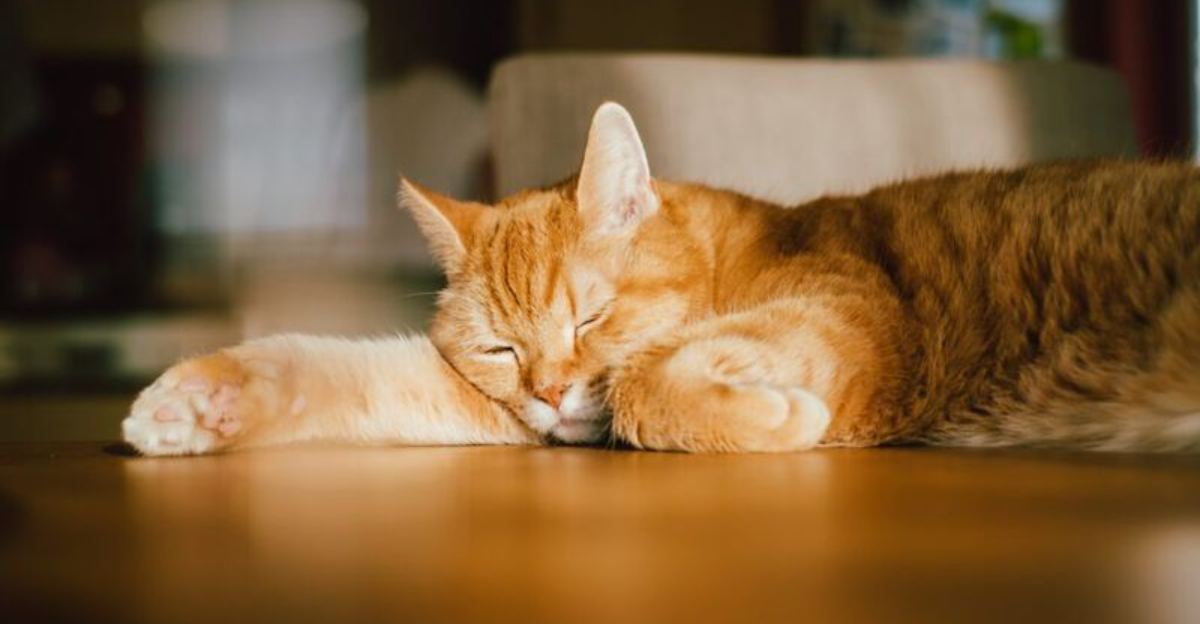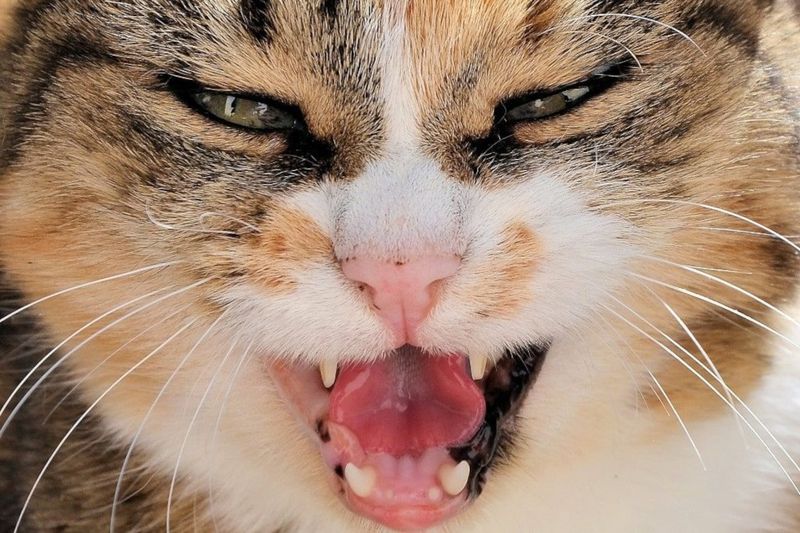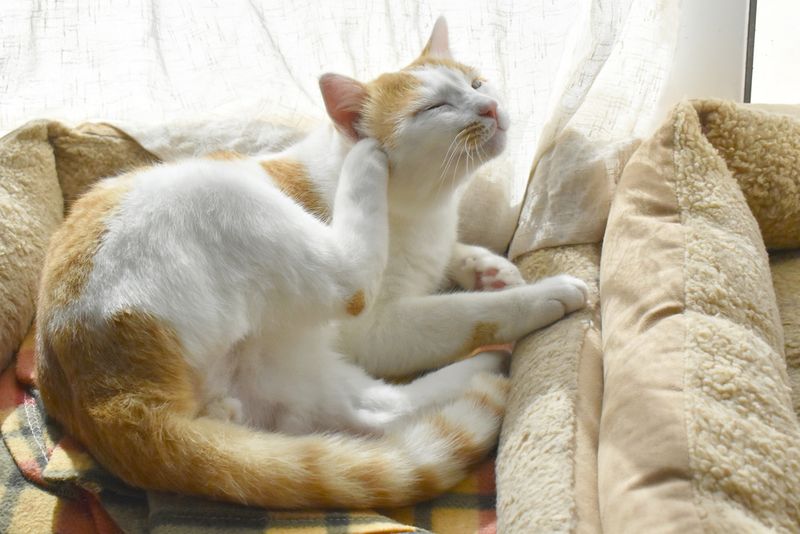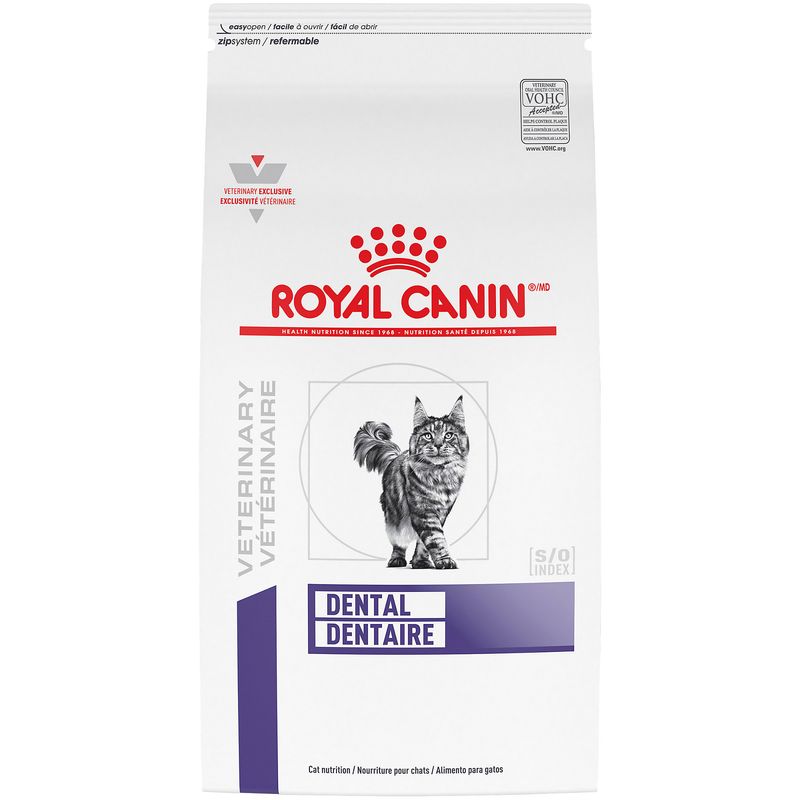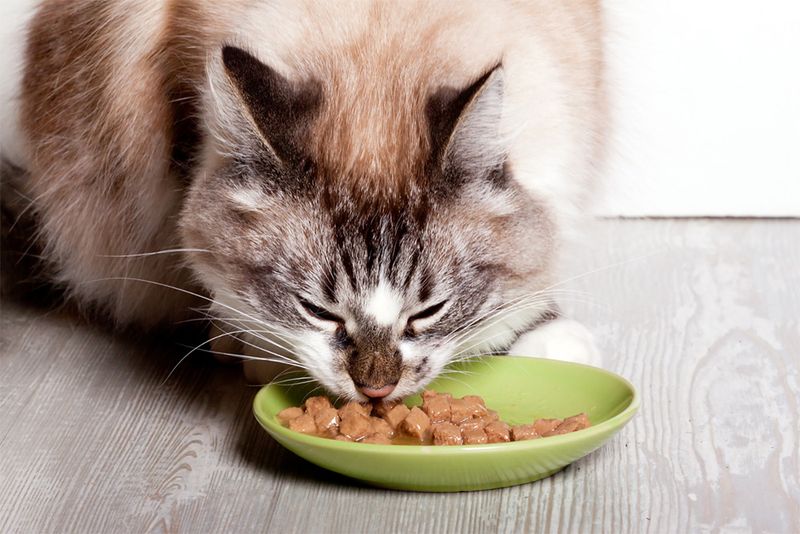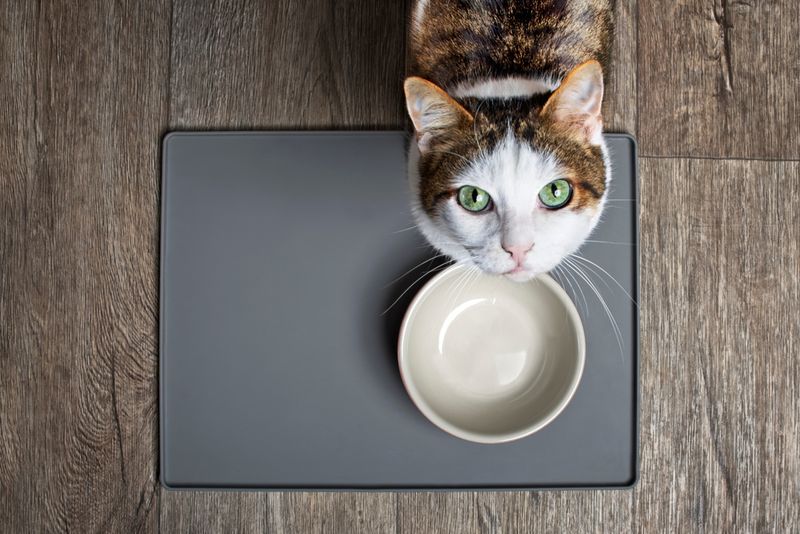📖 Table of Content:
As cat parents, we all want the best for our feline companions—from cozy naps in sunbeams to food that keeps them purring with health. But just like humans, a cat’s dietary needs can shift over time. What once was a favorite meal may no longer be the best option for their health, energy, or overall happiness. The tricky part? Cats can’t exactly tell us when something’s off—they show us in subtle (and sometimes not-so-subtle) ways.
Whether it’s a change in behavior, appearance, or bathroom habits, your cat might be giving you signs that their current food isn’t cutting it anymore. These signals can be easy to overlook, especially if your kitty still eats with enthusiasm. But paying attention to the little things can make a big difference in their long-term well-being.
In this article, we’ll walk you through 8 sure signs it’s time to update your cat’s menu. From unexpected weight changes to sudden picky eating, these red flags are your cat’s way of saying, “Hey, I need something different!” Let’s dive in and make sure your feline friend is getting the nutrition they truly need.
1. Digestive Issues (Vomiting or Diarrhea)
Cats occasionally vomit, but if it’s happening regularly, that’s a red flag. Chronic diarrhea or soft stools are also indicators that something isn’t sitting right in their stomach. Food intolerances or poor-quality ingredients could be the culprits. You might notice your cat rushing to the litter box or avoiding it altogether due to discomfort. Rather than brushing it off as a sensitive stomach, consider that their current diet may be too rich, too bland, or just not the right fit. A vet check is always a smart first step, but often, a food switch can work wonders. Monitoring their bathroom habits can offer valuable clues to what’s going on internally.
2. Dull or Flaky Coat
The shine in a cat’s coat is often a direct reflection of their nutrition. When essential fatty acids are missing, their fur can become brittle, patchy, or flaky. You may even see dandruff-like flakes across their back or around their neck. A once-soft coat that feels dry or rough to the touch deserves your attention. Nutrition that lacks omega-3 and omega-6 oils is often to blame. Swapping to a high-quality formula with healthy fats can restore your cat’s glow. In many cases, coat improvements can be seen in just a few weeks after changing their food.
3. Sudden Weight Loss or Gain
One of the clearest signs of an imbalanced diet is a noticeable change in weight. Without any major shifts in activity or lifestyle, rapid gain or loss shouldn’t be ignored. Feeding guidelines on packaging aren’t one-size-fits-all, especially if your cat has specific metabolic needs. You may find that even the right portion size still isn’t doing the trick. Weight issues can lead to more serious health complications down the line, including diabetes or joint stress. Adjusting to a formula made for weight management or specific age groups can help stabilize your cat’s body condition. Always pair a diet change with regular weigh-ins and vet checkups for best results.
4. Low Energy or Lethargy
Energy levels can drop if your cat isn’t getting the nutrients they need. If they’re sleeping more than usual, skipping playtime, or showing little interest in stimulation, take note. Don’t be too quick to chalk it up to age or mood—diet could be at the root. A lack of protein or certain vitamins, like B12 or taurine, can cause fatigue. Switching to a nutrient-dense food can help reinvigorate your cat’s spark. Some cats even become more vocal and affectionate once they feel better. Pay attention to their energy throughout the day—it’s one of the clearest reflections of inner health.
5. Excessive Scratching or Itching
Constant scratching, licking, or biting at the skin isn’t normal, even for a self-grooming pro like your cat. It may be a sign of food allergies or sensitivities. You might spot redness, scabs, or even bald patches in problem areas. Grain fillers, artificial additives, or certain proteins can trigger these reactions. Many pet parents find relief by switching to limited-ingredient or hypoallergenic formulas. Keep in mind that improvement might take a few weeks after the change. Observing your cat’s grooming habits closely can help pinpoint if their food is to blame.
6. Bad Breath or Dental Issues
That fishy breath may seem normal, but when it turns foul, something’s up. Dental health is closely linked to diet, especially if your cat is eating only wet food or low-quality kibble. Tartar buildup, inflamed gums, or tooth decay are signs their current meals aren’t doing their job. Look inside their mouth—redness or excessive drooling are red flags. Dry foods with dental benefits or specialized dental diets can help clean their teeth as they chew. Not only will their breath improve, but so will their overall oral health. Don’t forget: a healthy mouth contributes to a healthy body.
7. They’ve Entered a New Life Stage
As your cat grows, their nutritional needs evolve. Kittens require more protein and calories, while senior cats benefit from joint support and lower fat content. Feeding a life-stage inappropriate food can cause slow growth, weight gain, or nutrient deficiencies. Just because they loved a certain formula as a kitten doesn’t mean it still serves them now. Transitioning at the right time can support their body through every age. Many brands label their food by life stage to make this shift easier. Keep an eye on energy, appetite, and behavior—they often shift with age and diet.
8. They’re Just Not Interested Anymore
Sudden pickiness at mealtime may not be about mood—it could be about flavor fatigue or digestive discomfort. If your cat is walking away from their bowl or only nibbling, something isn’t right. Cats are creatures of habit, but even they can get bored or develop aversions. Try rotating proteins or adding variety with toppers and new textures. A refusal to eat for more than a day should prompt action, as it can lead to serious health concerns. Offering a new, high-quality food might just reignite their appetite. Observe their response closely when introducing something new—they’ll tell you if it’s a hit.
